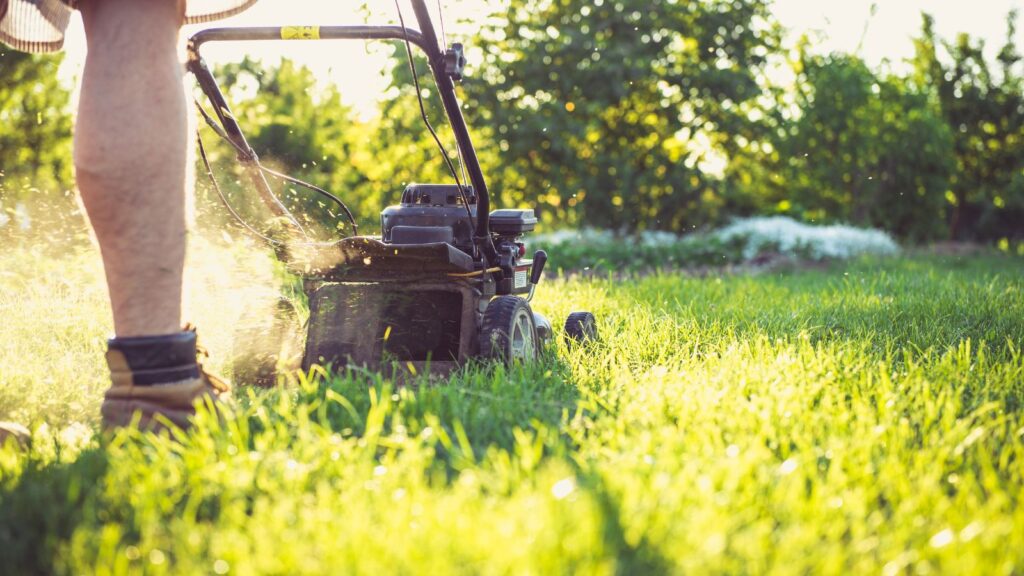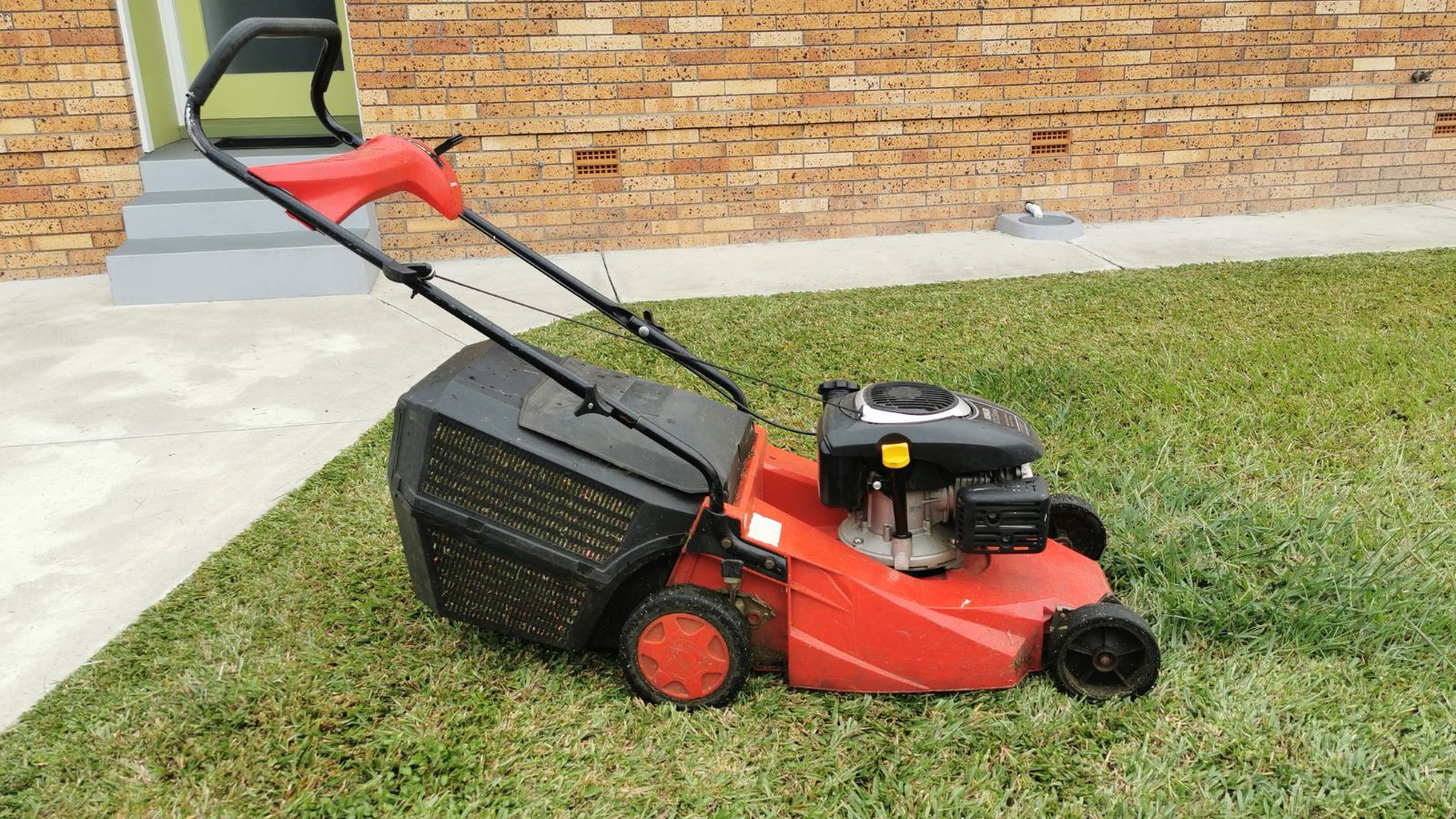When it comes to keeping a lawn tidy, many homeowners wonder about the different kinds of sweepers available. There are a few main types to consider, each designed for certain yard sizes and specific tasks. Choosing the right yard sweeper depends on things like the size of the lawn, how much debris needs to be collected, and how the sweeper is powered.
Some sweepers are meant to be pushed by hand, while others can be pulled behind a mower or tractor for bigger spaces. Both options have advantages, so understanding how they work will help you make the best decision for your lawn care needs. Learn more about what options a yard sweeper can offer and find the one that fits your yard.
Types Of Lawn Sweepers
Lawn sweepers come in several styles, each designed for different yard sizes, debris types, and user needs. Comparing how they work, their size, and how they collect lawn debris helps homeowners choose the right model.
Push Lawn Sweepers
Push lawn sweepers are lightweight and manually operated. They are best for small to medium lawns that do not have a lot of heavy debris. These sweepers work well for picking up leaves, grass clippings, and small twigs.
Many people find push sweepers easy to use because they do not require a tractor or any power source. The user simply walks behind and pushes the sweeper, which spins brushes to collect debris into a small bag. For storage, they are compact and can fit in tight spaces.
Push sweepers work especially well when the ground is dry. Wet or heavy items may be harder to collect. These are also a good choice for those who want a quiet tool without needing fuel or electricity.
Main Features:
- Manual operation
- Best for small areas
- Quiet and simple maintenance
Tow-Behind Lawn Sweepers
Tow-behind lawn sweepers are designed for bigger properties. They are attached to riding mowers, lawn tractors, or ATVs. These sweepers have a large collection area and can hold more debris than push models.
Tow-behind sweepers use a hitch and wheels to pull the unit across the lawn. As it rolls, brushes inside the sweeper pick up leaves, grass, pine needles, and branches. The larger bag allows for longer use before it needs to be emptied.
This type saves time on bigger yards because it covers more ground with each pass. It is handy for people with lots of trees or those who mow large areas often. Bagging capacity is usually greater than two dozen cubic feet, which is much more than smaller models. Tow-behind designs are described in the best lawn sweepers guide.
Key Points:
- Needs a tractor or similar machine
- Handles large amounts of debris
- Bigger storage space
Powered Lawn Sweepers
Powered lawn sweepers use a motor or battery to spin the brushes. This makes them easier to push than manual models, even when collecting heavier debris. These sweepers are suitable for many yard sizes but are most helpful in medium to large lawns with frequent cleanup needs.
The powered brushes increase collection speed and make the job less tiring. They can pick up wet leaves, thick clippings, and even small pine cones more effectively. Unlike tow-behind types, powered sweepers do not require a tractor and can be used by anyone.
These sweepers do need regular charging or fuel, depending on the model. They are quieter than push sweepers but can reduce the time and effort spent on lawn care. Some units may have adjustable brush heights to help collect different materials.
Main Benefits:
- Powered operation means less effort
- Good for heavy or wet debris
- Useful for medium to large yards
Choosing The Right Lawn Sweeper For Your Needs
Selecting a lawn sweeper depends on yard size, terrain conditions, and the type of debris that needs to be collected. Storage space and how easy the equipment is to maintain also play a big part in making the right decision.
Assessing Lawn Size And Terrain
The size of the yard is one of the main factors to look at. For smaller spaces, a push lawn sweeper is often more practical. It is easy to move, needs no fuel, and works best on flat ground.
For bigger properties, a tow-behind model is recommended. This type connects to a riding mower or tractor, picking up more debris quicker and covering wider areas. Sloped or uneven terrain may need sweepers that increase maneuverability to help avoid missing spots.
People should also note if the lawn has many obstacles, such as trees or garden beds. Smaller, lightweight sweepers turn more easily and let them clean around tight corners.
Evaluating Debris Collection Performance
Different sweepers pick up leaves, grass clippings, pine needles, and small twigs. Brush-to-wheel ratio matters when choosing a model. A higher ratio sweeps up more debris per pass, which reduces the effort needed for big cleanups. This is especially useful for properties with lots of leaves or heavy grass.
Larger hoppers can hold more material before they need emptying. If people have a lot of debris, choosing a bigger hopper saves time. Those working with lighter loads or handling smaller yards may be fine with a smaller collection bag.
Some sweepers work better on certain types of debris than others. Reading about performance and checking brush style helps match a model to the main cleanup needs.
Considering Storage And Maintenance
Available storage space helps guide which sweeper makes sense. Push sweepers take up less room and can often fit in smaller sheds or garages. Tow-behind sweepers are bigger and need more storage space.
Maintenance is usually basic but important. Some models have parts that can be removed for cleaning or replaced if worn out. Buyers should check if their sweeper needs regular lubrication or brush replacement.
Collapsible hoppers or foldable handles make it easier to store sweepers when not in use. People should look for designs that allow them to remove and clean the hopper or brushes quickly. This makes upkeep easier and helps the equipment last longer.
Conclusion
There are two main types of lawn sweepers: push and tow-behind. Push sweepers work best for small lawns, usually under 2,000 square feet.
Tow-behind sweepers are more suited for larger yards and attach to riding mowers. They cover more ground and can save time for those with bigger properties.
Choosing the right lawn sweeper depends on yard size and the type of debris. Matching the sweeper to your needs leads to a cleaner, tidier lawn.




More Stories
How to Keep Your Bathroom Clutter-Free With the Right Vanity
Flooring: Types, Costs, and How to Choose the Right Floors for Your Home
Home Junk Removal: Complete Guide to Clearing Clutter Safely and Efficiently